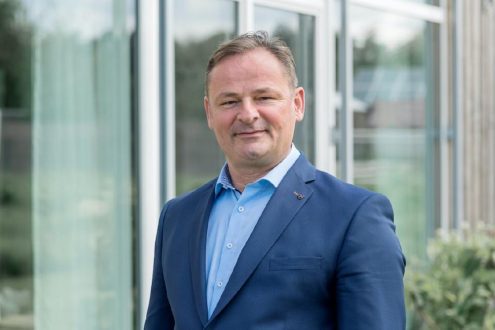The breakthrough in electromobility has been achieved – important raw materials included
In the coming decades, electromobility should be the dominant technology.
In 2021, around 680,000 of all vehicles, or 26 percent of new registrations, were electric. Almost half of these were plug-in hybrid cars. The goal of all vehicles in the EU being emission-free by 2035 is thus within reach. Although a chip shortage slowed down some automakers, sales of e-vehicles nevertheless rose because they were given preferential chips. And strong growth is expected to continue in both new registrations and the expansion of the charging infrastructure. Finally, the German Federal Ministry of Economics has extended the lucrative innovation premium for another year. In addition, this year for the first time owners of e-cars can benefit from the "GHG quota" (greenhouse gas reduction quota). This means they can now sell the CO2 savings to petroleum companies, which can bring in several hundred euros per year. This is because the owner receives financial compensation for selling a flat-rate amount of electricity from his e-vehicle.
This encouraging development is achieved through raw materials that are involved in climate change, such as cobalt in the batteries or nickel, also used in electric vehicles.
Canada Nickel Company – https://www.youtube.com/watch?v=ejGJ-hLPY2w&t=8s -, for example, owns these raw materials at its Crawford project in Ontario, Canada. Electric vehicles also gobble up copper, and much more than conventional vehicles, so the economic metal copper can expect strong demand from this sector alone.
Copper is available from the likes of Aztec Minerals – https://www.youtube.com/watch?v=mKhndWB3VVc – Cervantes porphyry gold-copper project in Mexico. The goal for 2022 is to drill more holes and advance Cervantes to an initial open pit resource estimate.
Current corporate information and press releases from Canada Nickel Company (- https://www.resource-capital.ch/en/companies/canada-nickel-company-inc/ -).
In accordance with §34 WpHG I would like to point out that partners, authors and employees may hold shares in the respective companies addressed and thus a possible conflict of interest exists. No guarantee for the translation into English. Only the German version of this news is valid.
Disclaimer: The information provided does not represent any form of recommendation or advice. Express reference is made to the risks in securities trading. No liability can be accepted for any damage arising from the use of this blog. I would like to point out that shares and especially warrant investments are always associated with risk. The total loss of the invested capital cannot be excluded. All information and sources are carefully researched. However, no guarantee is given for the correctness of all contents. Despite the greatest care, I expressly reserve the right to make errors, especially with regard to figures and prices. The information contained herein is taken from sources believed to be reliable, but in no way claims to be accurate or complete. Due to court decisions, the contents of linked external sites are also co-responsible (e.g. Landgericht Hamburg, in the decision of 12.05.1998 – 312 O 85/98), as long as there is no explicit dissociation from them. Despite careful control of the content, I do not assume liability for the content of linked external pages. The respective operators are exclusively responsible for their content. The disclaimer of Swiss Resource Capital AG also applies: https://www.resource-capital.ch/en/disclaimer/
Swiss Resource Capital AG
Poststrasse 1
CH9100 Herisau
Telefon: +41 (71) 354-8501
Telefax: +41 (71) 560-4271
http://www.resource-capital.ch
Telefon: +49 (2983) 974041
E-Mail: info@js-research.de
![]()




